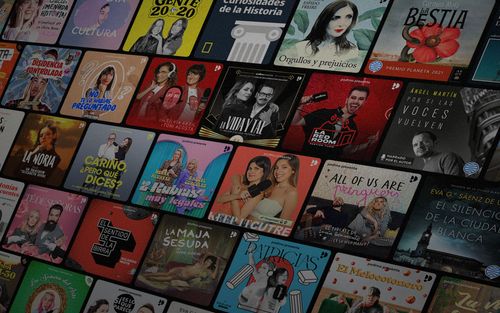Neuroplastic Beats Spastic
The NOGGINS AND NEURONS Podcast - Ein Podcast von Stroke & Brain Injury

OVERVIEW: Now the one thing that they do have is finger flexion. And often therapists think you cannot let them flex their fingers because if you do you will strengthen the overwhelmingly strong flexors; and if you do that you will make the spasticity worse – which is NOT true. Spastic muscles are weak so even if you strengthen them it wouldn’t be the end of the world. But you’re not trying to strengthen them; you’re just trying to activate them. How are you gonna re-establish brain control over the finger flexors if you don’t allow them to flex the fingers? But what about a ball – a squishy ball? Who doesn’t like a squishy ball? You squish into the ball, it re-establishes brain control over the flexors thereby reducing spasticity. That’s the whole thing. EPISODE SUMMARY: This episode of NOGGINS & NEURONS: Stroke and TBI Recovery Simplified is all about spasticity. In this deep dive we learn: What spasticity is and is not That spasticity is under-treated The impact of untreated spasticity on the body and survivor quality of life Understanding spasticity from the Neuroplastic Model Pete shares his in-depth knowledge about spasticity in this informative episode of Noggins And Neurons. Deb’s brain kicks into OT gear and attempts to process information Pete shares – some of it as she hears it for the first time. This must listen episode will change the way some of us think about spasticity while also giving everyone ways to think about it that will ultimately benefit the survivor. As always, we want to hear your top takeaways! LINKS TO ARTICLES, BOOKS AND OTHER IMPORTANT INFORMATION: Li, S. (2017). Spasticity, motor recovery, and neural plasticity after stroke. Frontiers in Neurology, 3, April 2017. doi: 10.3389/fneur.2017.00120 Naro, A., Leo, A., Russo, M., Casella, C., Buda, A., Crespantini, Au, Porcari, B., et. Al. (2017). Breakthroughs in the spasticity management: Are non-pharmacological treatments the future? Journal of Clinical Neuroscience 39 (2017) 16–27. Evidence for the "neuroplastic model of spasticity reduction" "The Neuroplastic Model of Spasticity Reduction" in a nutshell Motor learning therapy increased spastic muscle's contralesional cortical motor regions leading to decreased spasticity Intensive training in patients with increased muscle tone improves function without exacerbating spasticity CIT decreases spasticity and “pathological” synergies CIT reduces spasticity 2017 CIT reduces spasticity2013 CIT reduces spasticity and increases functional use CIT increases strength and decreases spasticity Questions and Comments about the podcast: [email protected] DONATE TO NOGGINS & NEURONS: Donate to Noggins And Neurons and get an Allstar Pete Trading Card Using your PayPal app: RESOURCES: Pete’s blog, book, Stronger After Stroke, and talks. Blog Book: Stronger After Stroke, 3rd edition Pete's talk for the American College of Rehabilitation Medicine. Deb's OT Resources: Deb's OT resources The OT's Guide to Mirror Therapy Tri-Fold Mirror (US address only) Occupational Therapy Intervention: Scavenger Hunt Visual Scanning for Adults REQUEST TO BE A GUEST ON NOGGINS & NEURONS. If you’re passionate about stroke recovery and have information or a story you believe will help others, we’d love help you share it on the show. Complete the guest request form below and let’s see if we’re a good fit! Guest Request Form MUSIC: “Soft Inspiration” by Scott Holmes/Scott Holmes Music/scottholmesmusic.com ✨Google Podcasts ✨iTunes ✨Spotify

